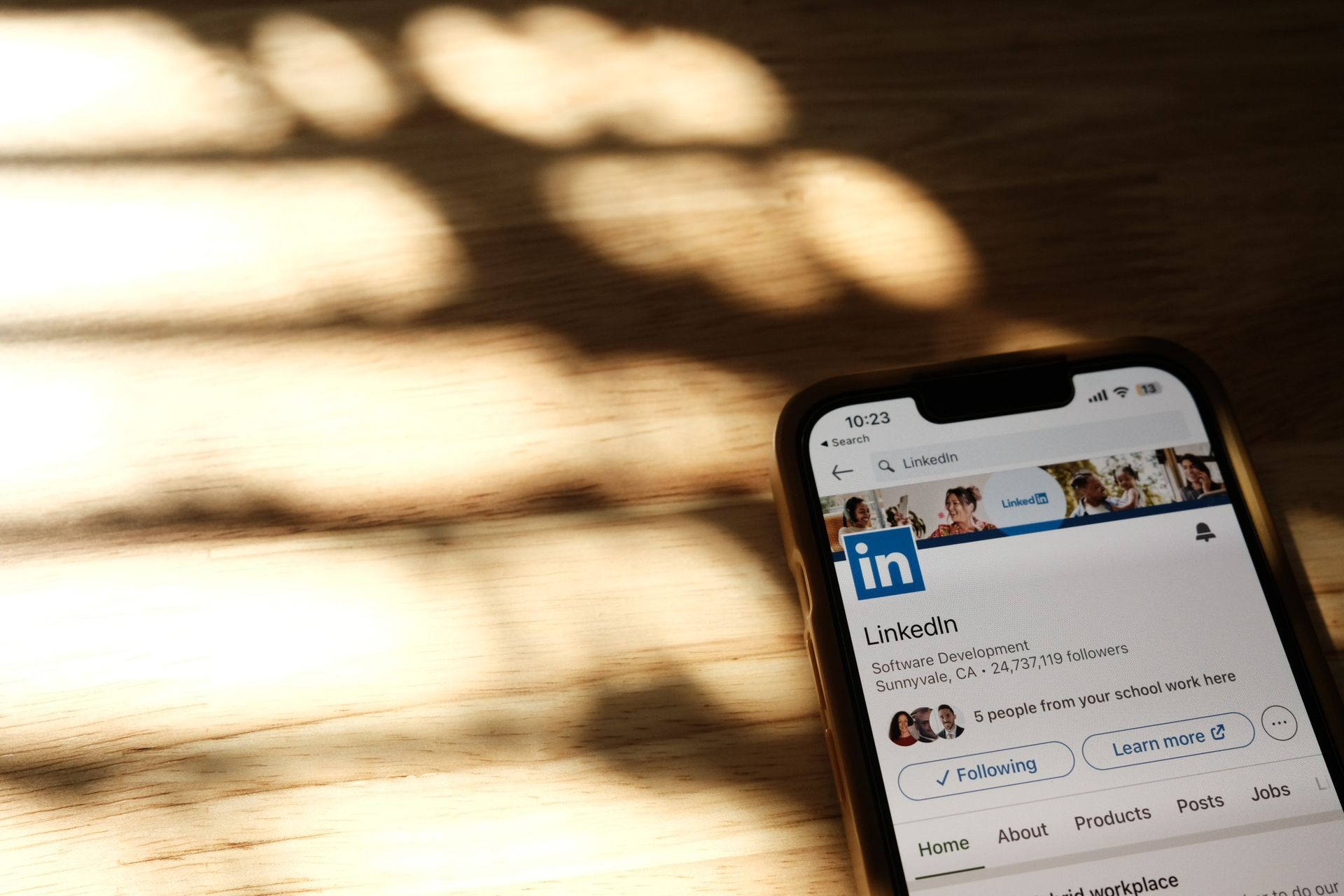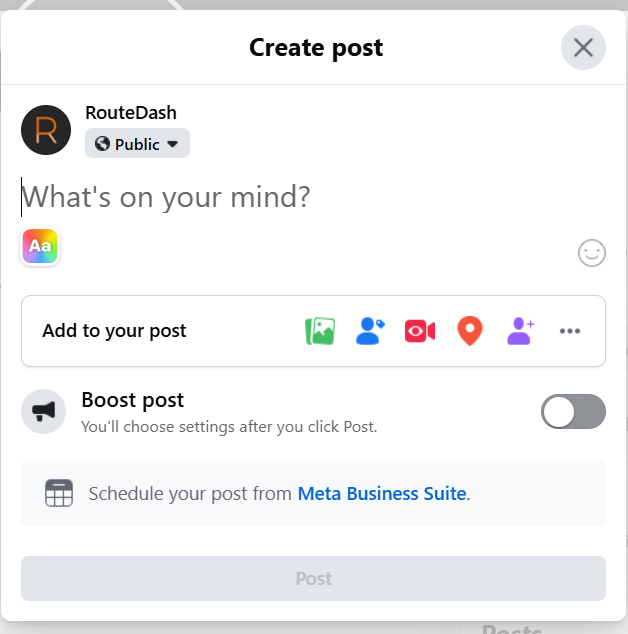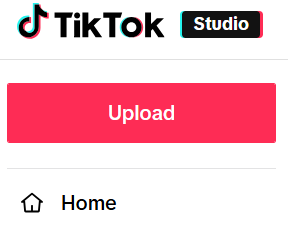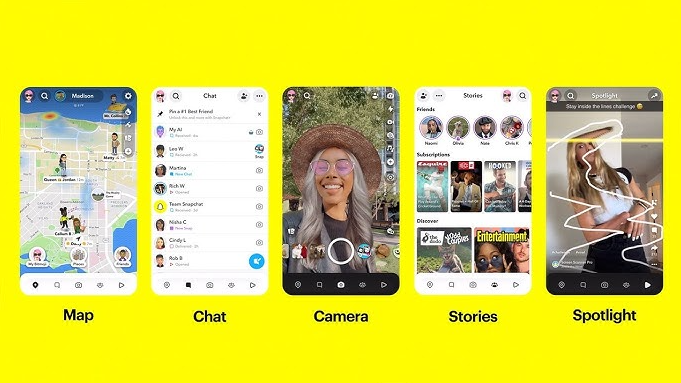The Anatomy of a Great LinkedIn Post
The Dos and Don'ts of posting on LinkedIn

In part one of our anatomy series, we learned what makes a good Facebook post. Now it’s time to branch out and explore a different platform: LinkedIn. Side by side, Facebook and LinkedIn are like night and day.
Facebook is a place where we’ve friended people in our life from actual friends and family to people we’ve met online and niche communities we’ve joined.
LinkedIn, on the other hand, is solely focused on professional networking. For individuals, it’s a digital resume and business card wrapped into a fun networking event. For businesses, LinkedIn is a great place to reach potential customers, especially in the business-to-business (B2B) space. Unlike Facebook, Instagram, X, and TikTok, when people go on LinkedIn they’re thinking about work, either directly or indirectly. This is a great recipe for building relationships with customers.
Getting Started on LinkedIn
If you’re new to this social media thing, welcome! You can learn more about why you should have a social media presence in an earlier post. After getting your business page set up it’s time to start creating content. Begin by figuring out your audience and how they relate to your product or service. Determine the who, what, where, why, and how of their needs and how you can help them. Fortunately, LinkedIn is also a great tool for this kind of research. On LinkedIn, you can use their search filters, research your competitors, observe employee and alumni networks, and analyze content performance.
Your LinkedIn Content Strategy
With your audience identified, the next step is to develop your content strategy. This involves balancing the content you want to provide with what your audience wants to see. A solid strategy on LinkedIn has three main purposes:
- Build Relationships- The goal is to create relationships that make your customers think of your product or service first when they need it.
- Generate Leads- Aside from being a networking platform, LinkedIn is also a sales platform where you can nurture connections to create leads.
- Create a Strong LinkedIn Presence- Showcase your expertise on specific topics and industries. Engage with other experts to create authentic dialogues that reinforce your brand.
Remember, not all your content should aim to generate leads. It’s good to incorporate a mixture of these purposes into posts like blogs, infographics, videos, or updates. This will help to develop a give-and-take relationship with your audience.
Making Your Posts Count
You may be thinking, ‘I have been posting and it feels like they get lost at sea!” Yeah, they might be. Much of LinkedIn’s algorithm is set up to encourage expert-led discussions. LinkedIn recommends starting with a topic that is big and then taking the reader on a journey where you’re sharing insights with them. Treat LinkedIn like the networking platform that it is- give your followers a backstage pass. Humble brag about accomplishments or awards of employees or the company, celebrate milestones, provide your expert opinion on related news, offer early access to a product launch, or create special content exclusively for LinkedIn followers. Share workplace and leadership insights that they can relate to and share.
Likes, Shares, and Comments
The next question you might be asking is, “Does sharing all of that get me likes, shares, and comments?” Yes and no. If your content resonates with your audience then, you are likely to get those types of engagement. To get you started on specific types of content that have been noted to capture attention and garner likes are:
Text Only Listicles
LinkedIn Newsletters
Native LinkedIn Videos
LinkedIn Polls
LinkedIn Documents
Engaging One-Liners
Personal Posts
Notice the trend. Of course, LinkedIn favors its native features. It’s why you shouldn’t create one piece of content and expect it to perform the same on Facebook, LinkedIn, Instagram, and X. Tailor your posts to the platform and stay authentic to your brand. To figure out what works best for your audience may require a lot of trial and error but have fun with it and experiment to see what they like. Be consistent with your posts and make sure you're engaging back with your audience when they leave comments or if they tag you in a post.
What's a Bad LinkedIn Post?
As with almost everything in the digital marketing world there are pitfalls to avoid. So, what specifically makes a bad LinkedIn post?
-Controversial Posts- Unless it’s your job to stir the pot, it’s best to try not to offend parts of your audience.
-Political or Religious Posts- This only applies if you aren’t a political or religious business.
-Sales Pitch Posts- Yes, you want to sell your product, but no one wants to read post after post of your sales pitch. Social media is a place to nurture the relationship before the pitch.
-Too Much Personal Information- Don't share anything you wouldn’t want displayed on a billboard. This should be made into a shirt and freely distributed.
-Negative or Unprofessional Content- Even though this is a work networking platform it’s not your water cooler. Don’t dump on former employees, bosses, or vendors. If you need to critique something keep it constructive and offer solutions rather than complaints.
LinkedIn is a great place to connect with people already thinking about their work needs. By using LinkedIn to build your expertise and foster positive relationships you’ll create a cycle of relationship-building, lead generation, and creating a strong, authentic presence that will sustain itself if you’re consistent with what and how often you post. Now you’re ready to make great posts on LinkedIn!
Need help managing your LinkedIn strategy? Contact us for a no-obligation consultation with our team of experts today!



